Hamster: 2-4 Years
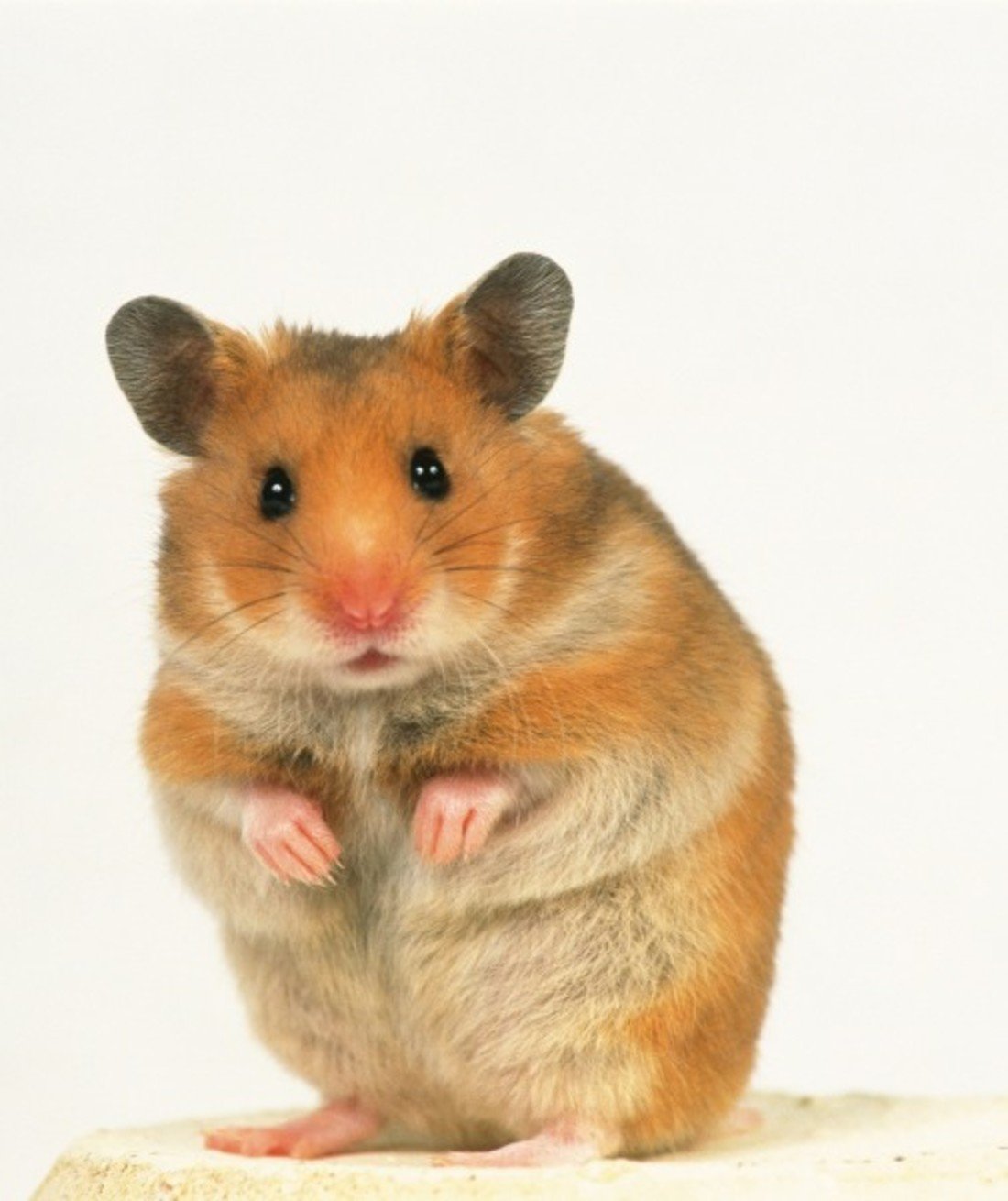
A common house pet, hamsters are around to entertain their owners for 2-4 years. After reaching sexual maturity as early as one month old, hamsters breed and reproduce multiple times a year. Some hamster species have a gestation period lasting as little as 16 days, and litters can contain up to a dozen or more babies.
Working Bee: 4 Weeks
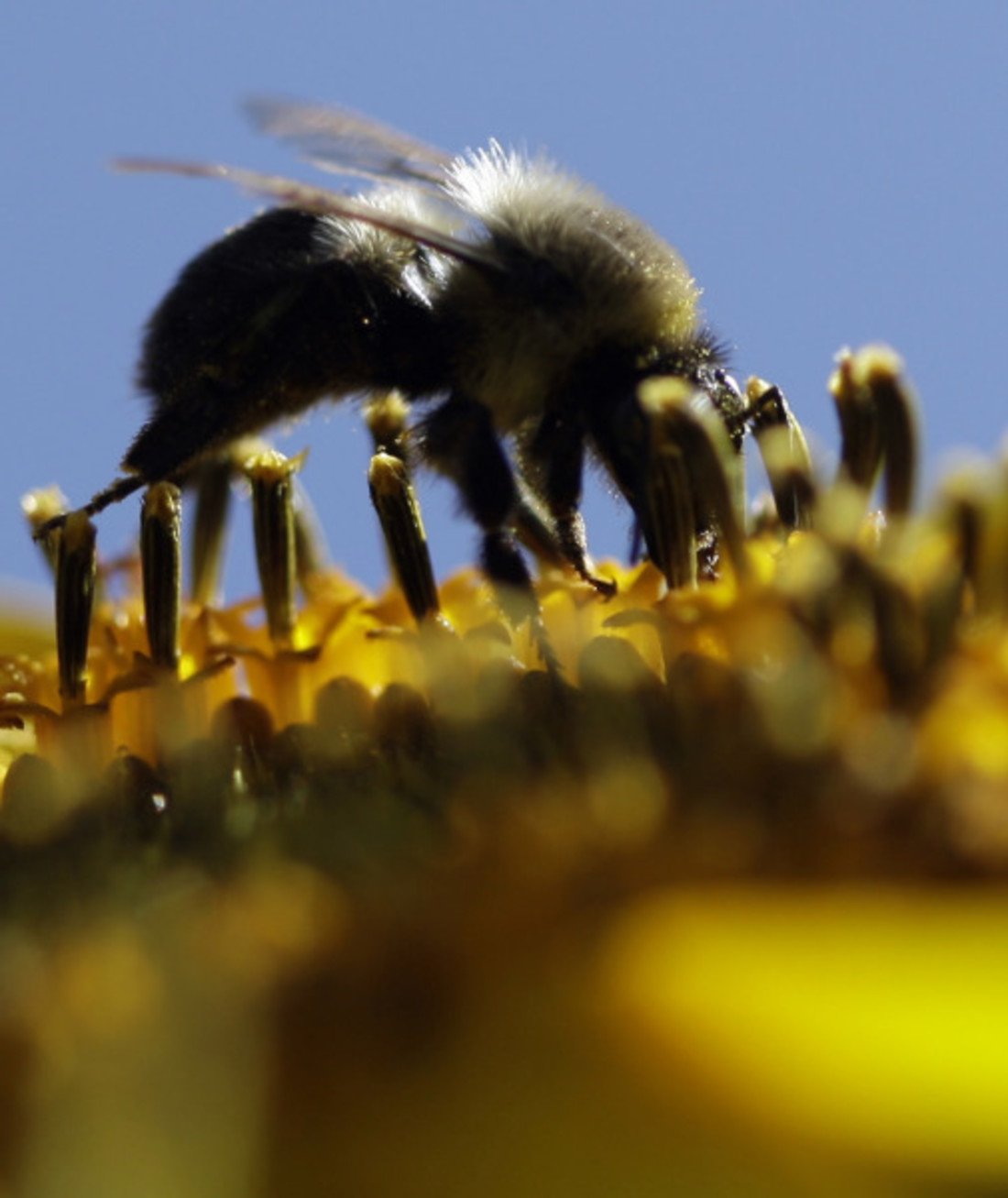
Worker bees live short but immensely busy lives that last about four weeks. What is truly unbee-lievable is that these bees are all female, and spend their entire existence working for the good of the hive. If they stray from that mission and attempt to defend the hive against a predator with a poke of their stinger, they are left with a gaping, fatal wound where the stinger was torn from their bodies.
Robin: 1–2 Years
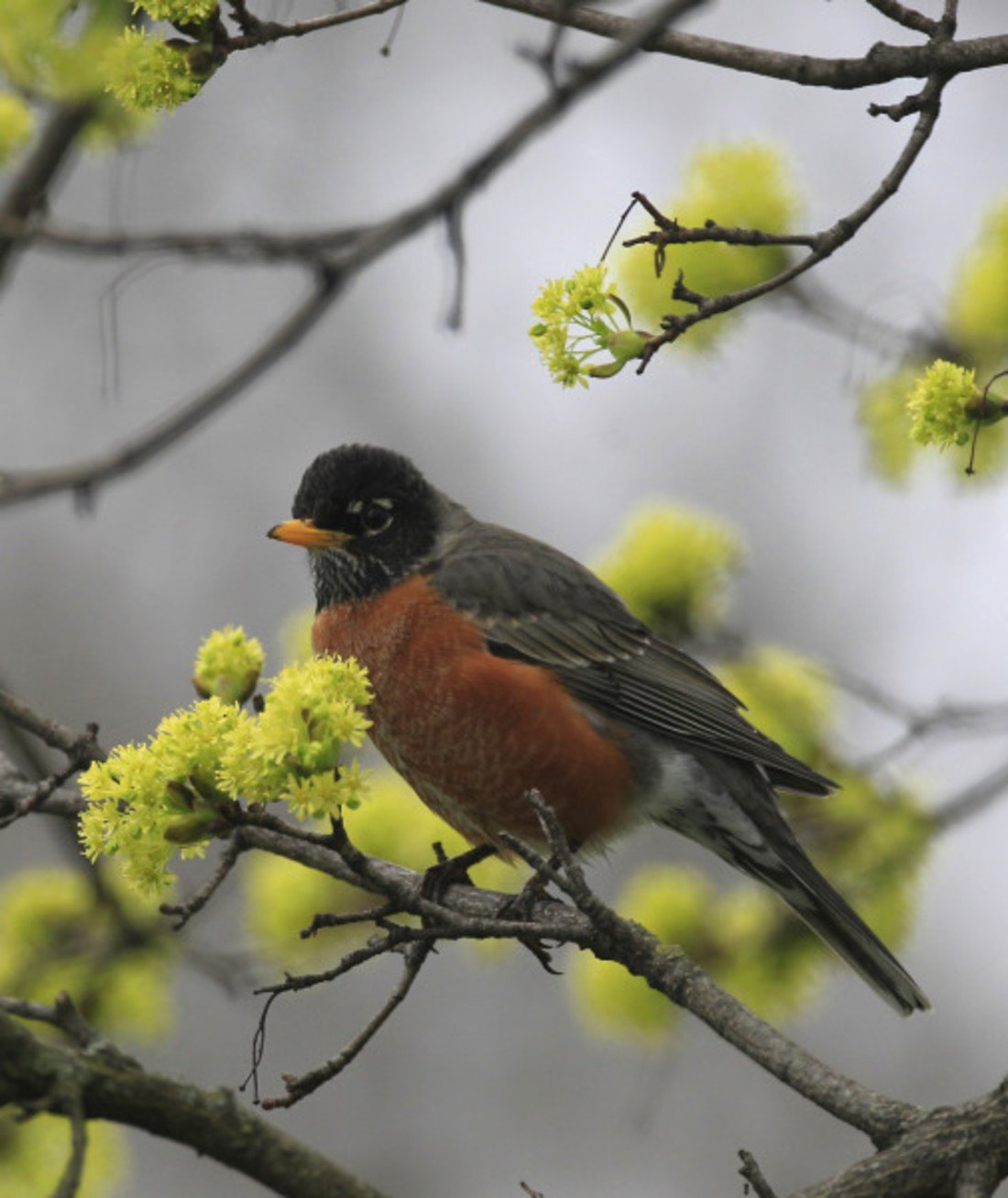
One of the most common types of birds, the robin only graces our spring season with its song for 1-2 years. Leaving the nest only two weeks after hatching, the robin is quick to join its companions in their search for food while still begging its parents for nourishment as well. Robins reach sexual maturity at about one year old and breed once or twice a year. Female robins lay 3-5 eggs at a time.
Tiger: 8–10 Years (in the wild)
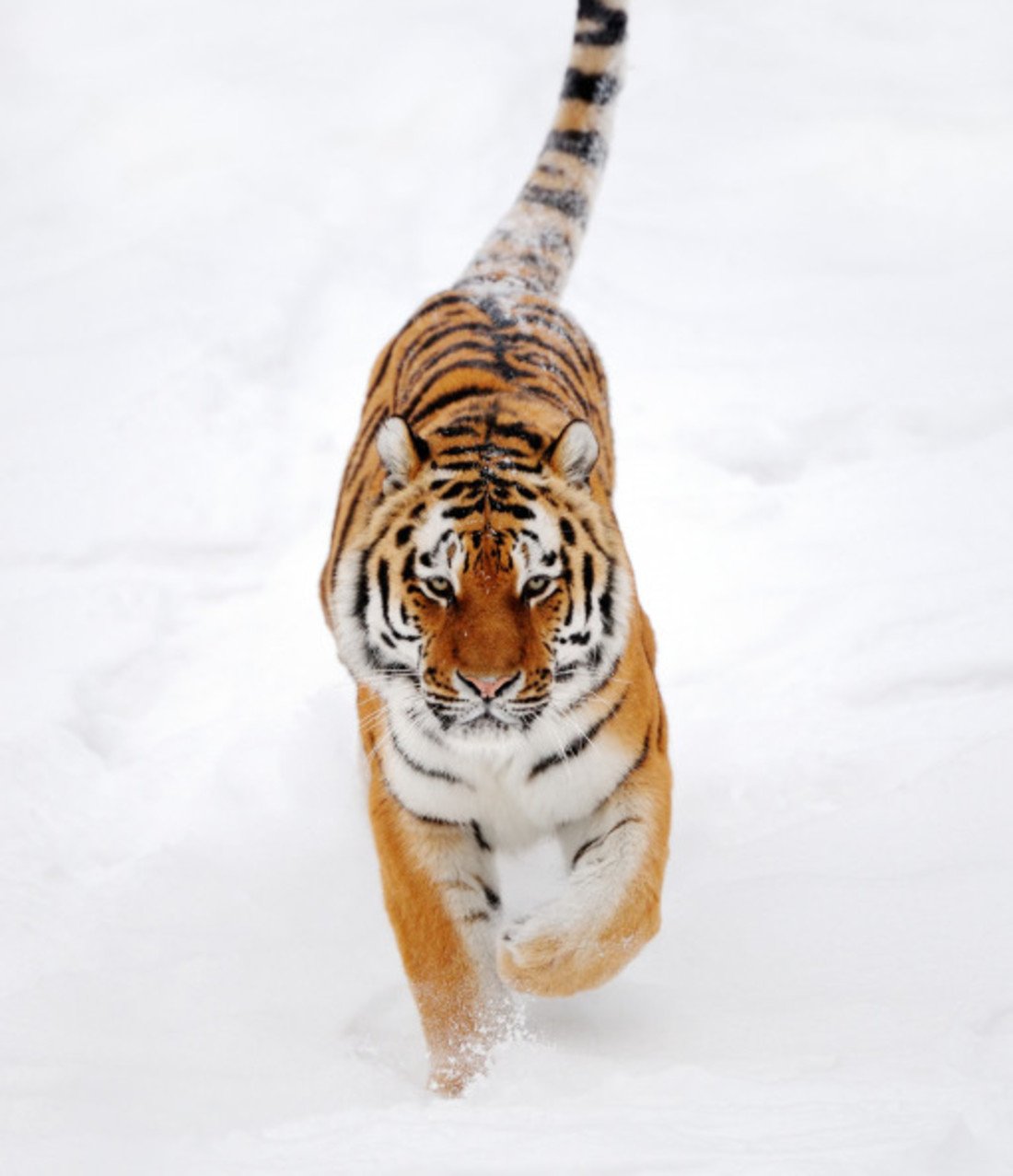
Tigers only survive in their natural habitat for an average of 8-10 years, though they are capable of living into their 20s. Captivity adds about a decade to a tiger's life span. Much of the reason tigers live fewer years in the wild is sadly due to interaction with humans, who have hunted these majestic cats almost to extinction. The survival of cubs is also hindered by attacks from adult male tigers, which sometimes eat the youngsters.
Mayfly: 1–24 Hours
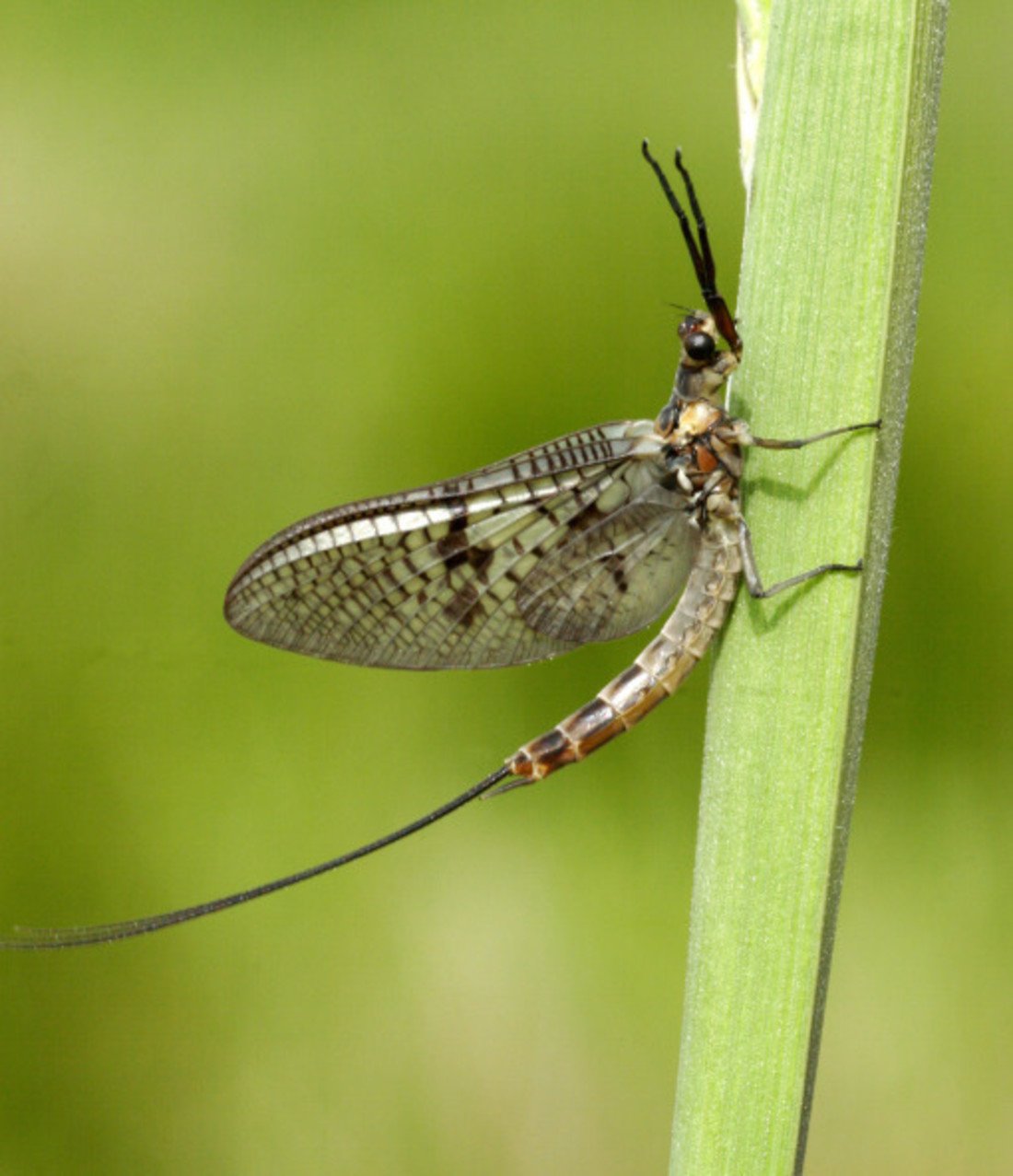
Perhaps the animal with the No. 1 shortest life span is the mayfly. Living for a maximum of 24 hours, the aquatic insect's sole purpose is to hatch and reproduce. The survival of mayflies depends on quantity, so they immediately get to work mating to ensure their existence continues.
Irish Wolfhound: Under 10 Years
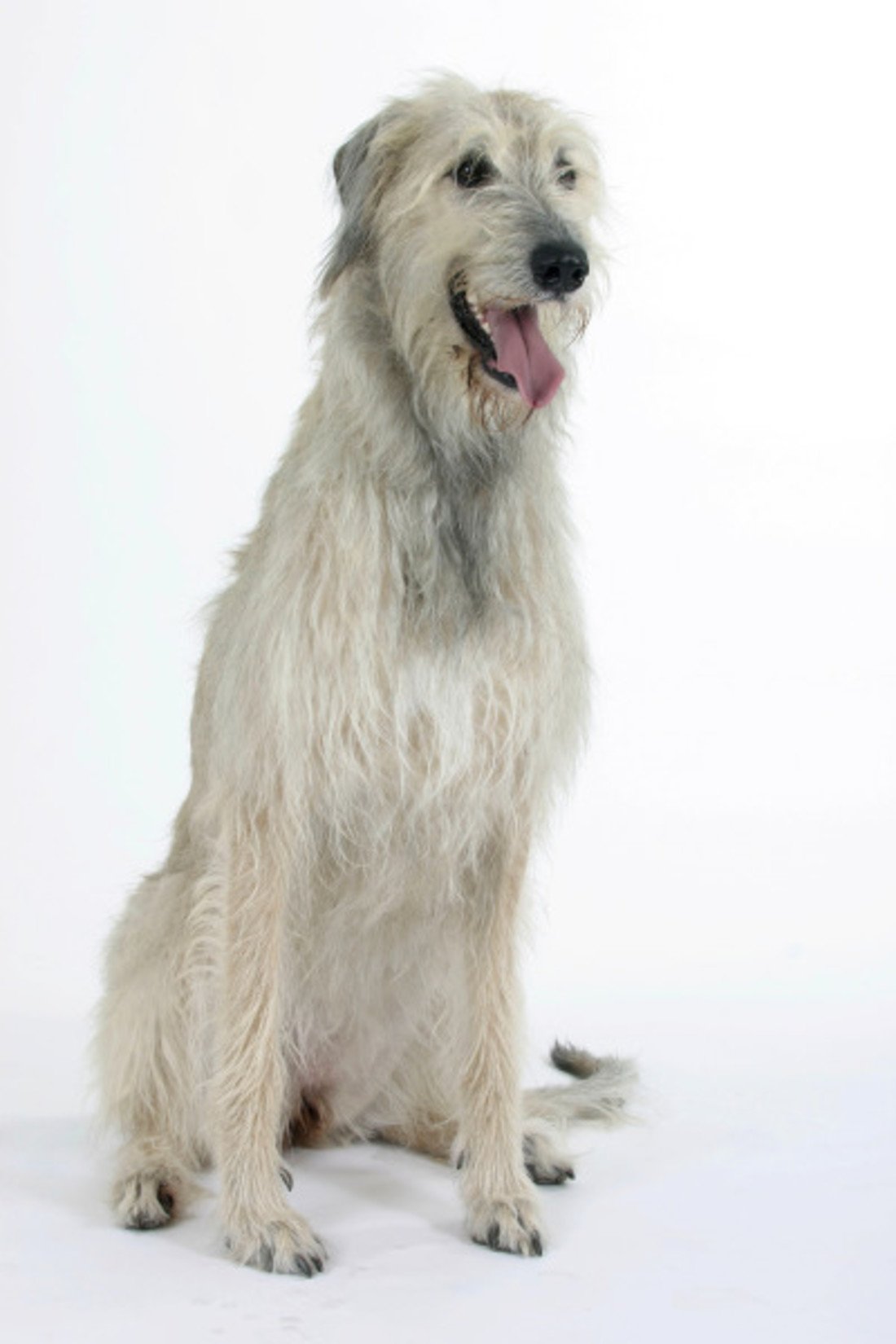
The Irish Wolfhound is the tallest of all dog breeds, and can reach a height of 7 feet when standing on its hind legs. But when it comes to longevity, this pooch caught the short end of the stick. These gentle hounds are made for a life in the country, but it will only last for a decade or less. The breed's life span averages about seven years.
Labord's Chameleon: 1 Year
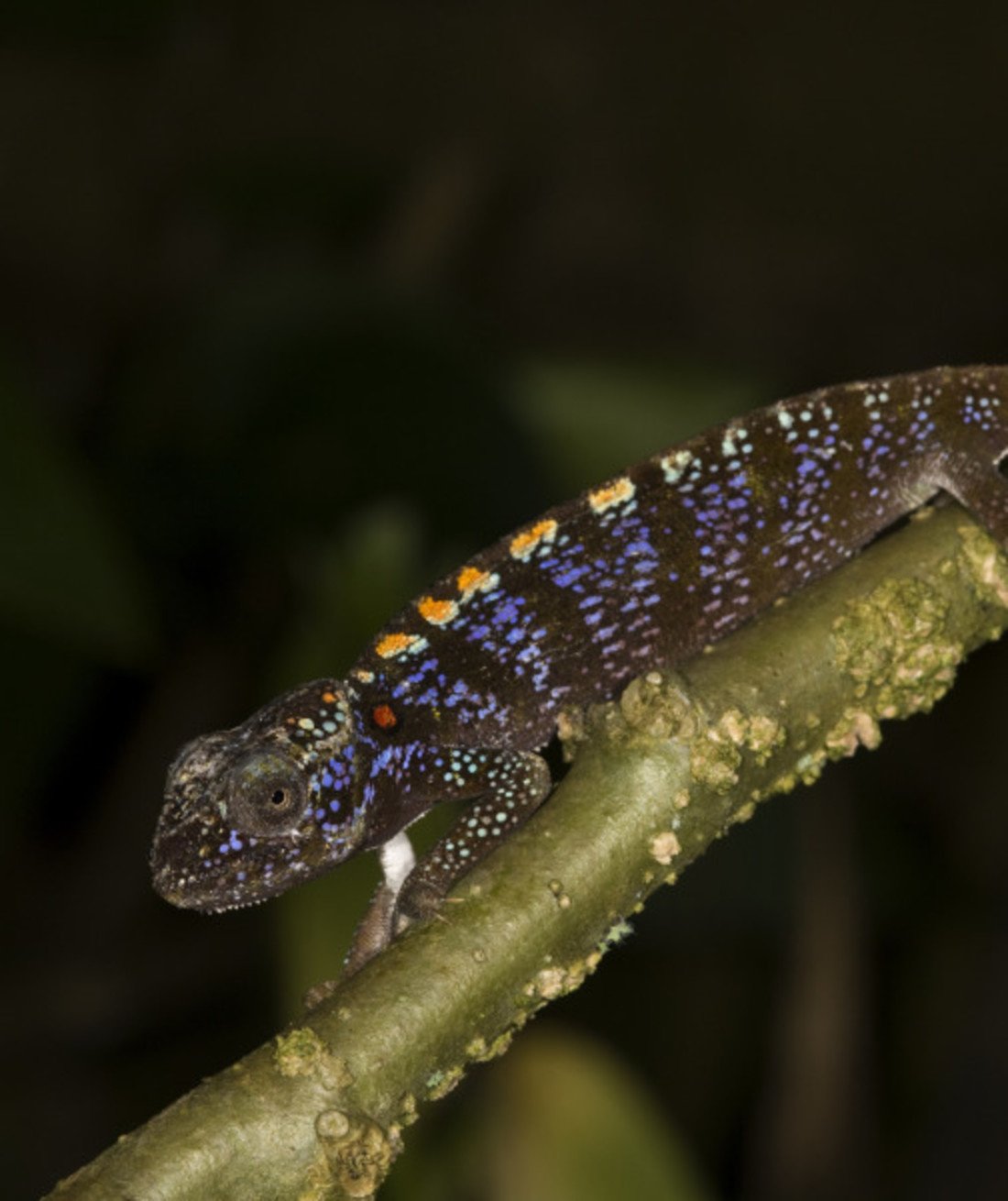
Labord's chameleon is a type of lizard that can only be found on the island of Madagascar. With one year to live, the species births every November, with the youngsters becoming sexually mature by January or February. Then mating starts, and by the time the next generation is ready to hatch the following November, the entire adult population dies. It is quite a brutal life cycle for Labord's chameleon.
Common Octopus: 1-2 Years (in the wild)
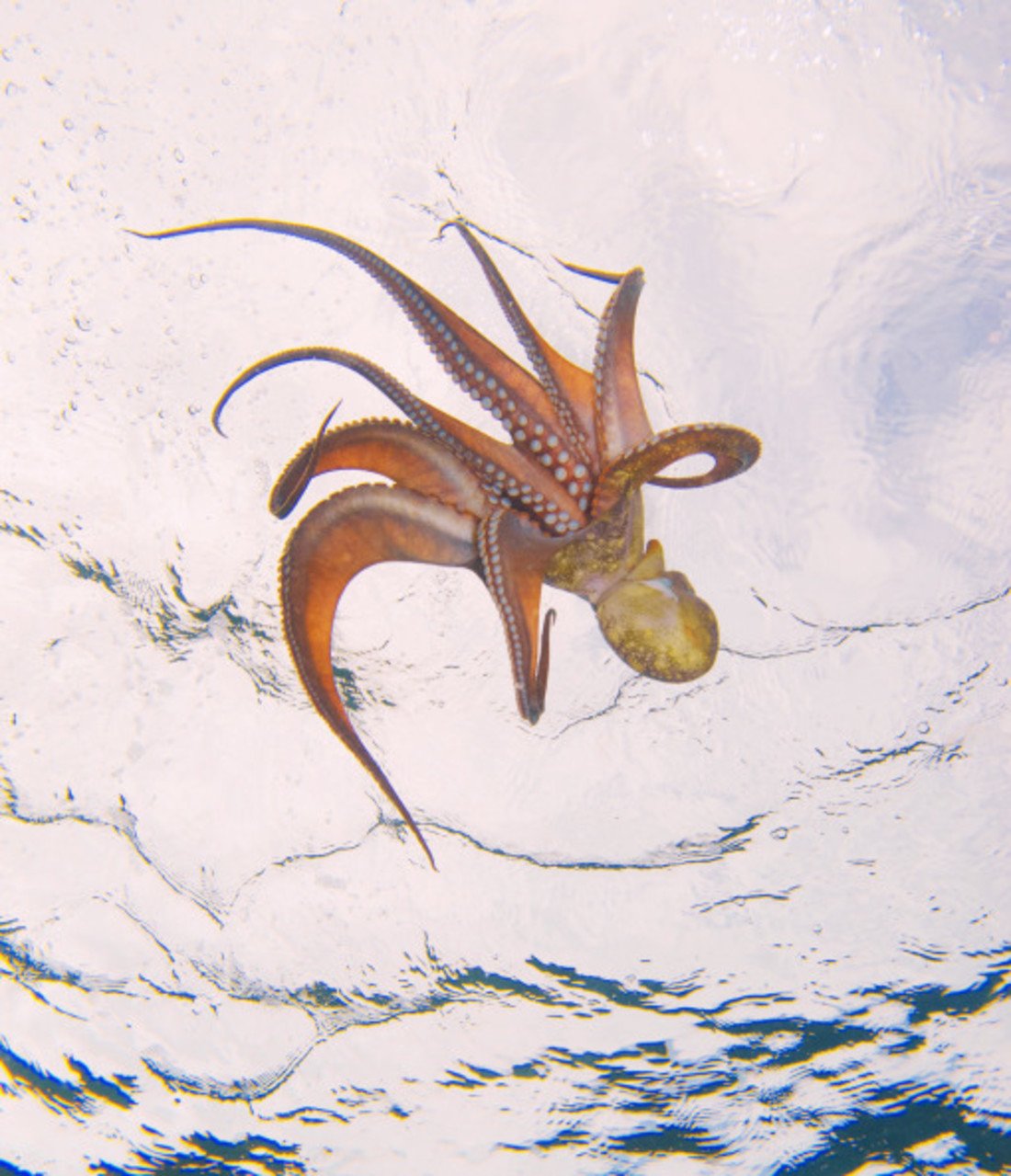
Considered the most intelligent of all invertebrates, the common octopus lives in its natural habitat for 1-2 years. After mating for a period of a week or more, the female broods anywhere from 100,000 to 500,000 eggs. This takes four or five months, during which time she does nothing but guard her eggs from predators — not even stopping to feed herself. The new mom dies shortly after the last of her eggs have hatched.
Hedgehog: 3-5 Years (in the wild)
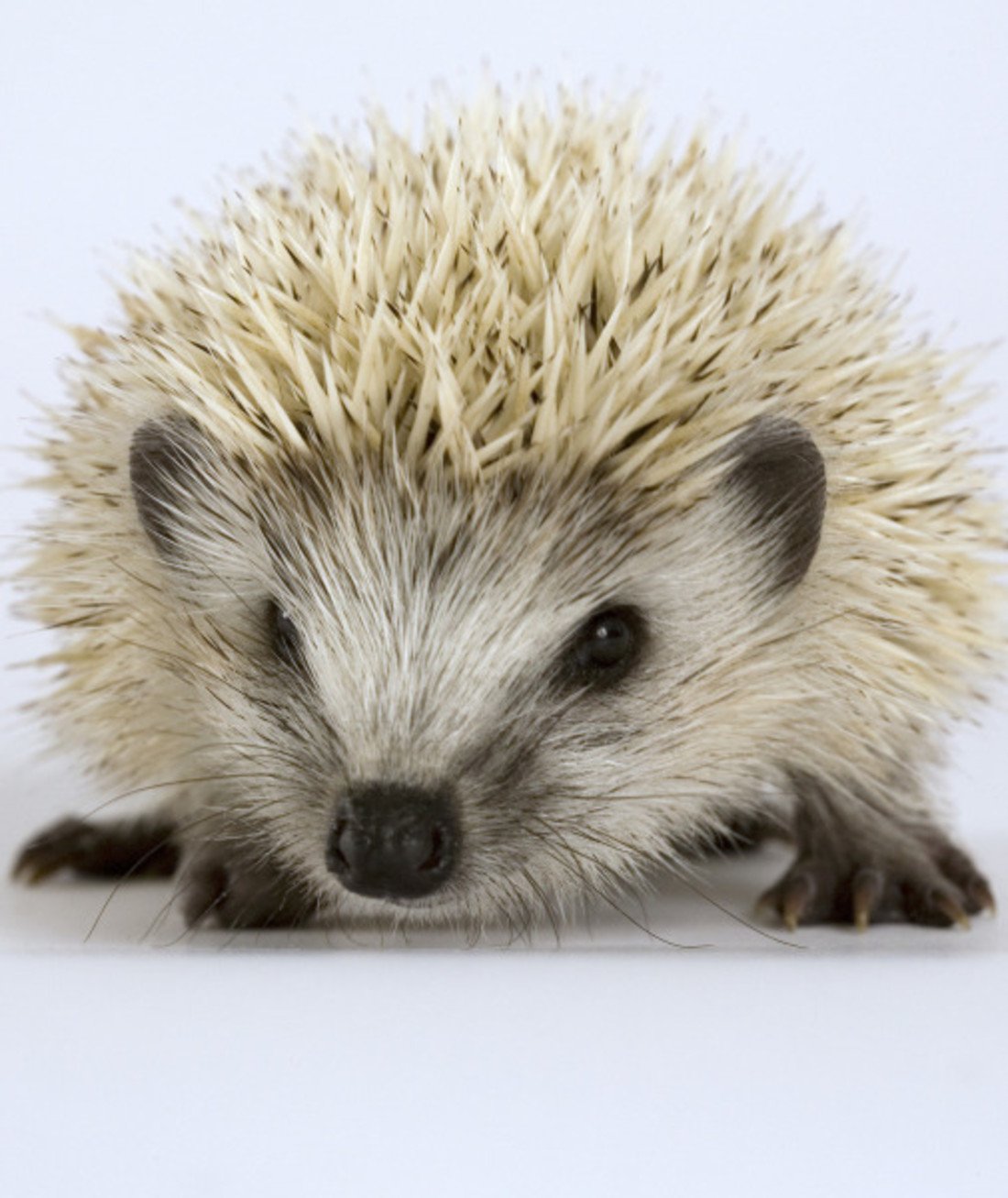
The adorable hedgehog lives for about 3-5 years in the wild. Reaching a maximum size of about 10 inches in length, the solitary animal spends its time roaming freely at night and only intentionally meets other hedgehogs during mating season. The females' gestation period lasts about 35 days, resulting in two litters per year and 4-6 offspring at a time. After about a month, the young are independent of their mother and sent off on their own.
Gastrotrich: 3 Days
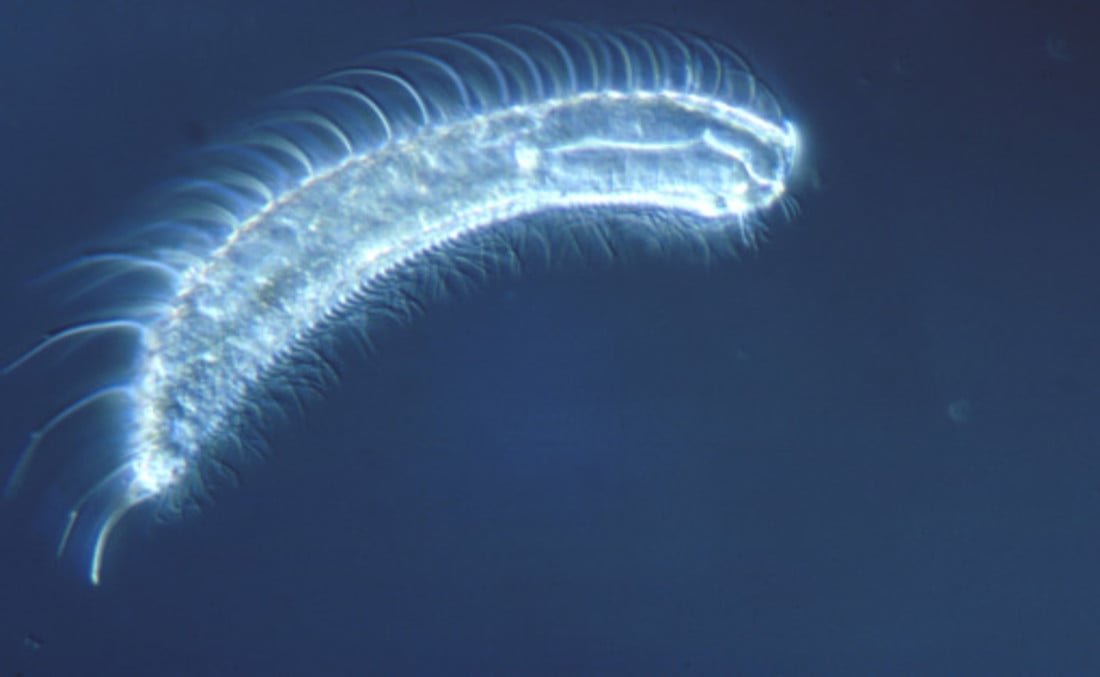
The gastrotrich is a marine or fresh water microorganis that lives for three short days. Growing to a maximum size of three millimeters, the gastrotrich spends its entire life floating among the sediment in water, drifting along currents and eating before dying. A hermaphrodite, the species has both male and female sex organs, and is able to fertilize itself to produce offspring.




